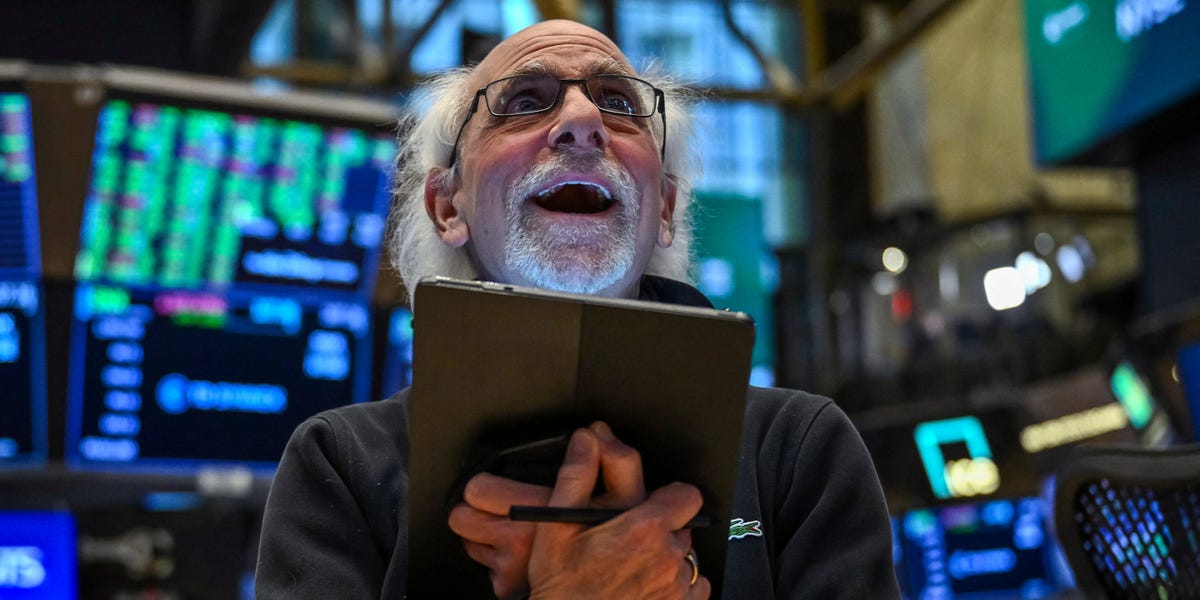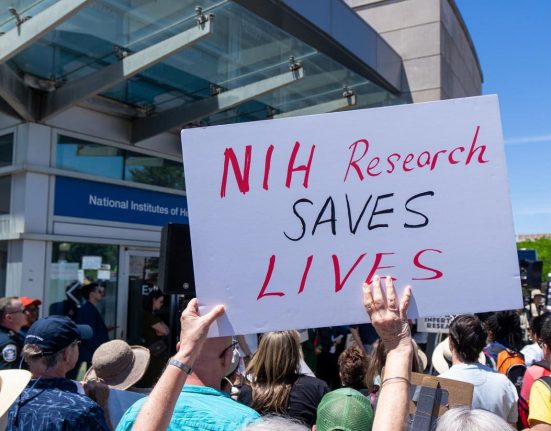Investors’ fever dream could soon be over.
Markets have been cast into the world of the bizarre over the last few weeks. An escalating trade war with China has led to a staggering 125% tariff on goods from one of America’s biggest trading partners. Most countries worldwide were — and may still be, come July — subject to what President Donald Trump called “reciprocal” tariffs, which were calculated using a convoluted formula that sought to correct trade deficits. And Trump laid into Jerome Powell with his usual disregard for diplomatic tact, calling the Fed chair “a major loser” and floating the possibility of firing him.
Despite Trump’s tough talk, however, things could increasingly be heading toward a reality that resembles something normal. That’s because it appears the bond market has defanged the president.
On two occasions now — once on April 9 and again on April 22 — Trump has backed down from aggressive tariff proposals and suggestions that he could replace Fed leadership when Treasury yields have jumped, a signal that investors could be losing confidence in the US. Investors arguably don’t have to pay as close attention to Trump’s every word on trade and the Fed now that they can seemingly count on a Trump put, where he backs off extreme positions to assuage markets.
“I’m not saying the tariff headlines won’t still move markets, but there are hints the markets are starting to view non-political-related headlines (threats, random thoughts, impromptu answers to tariff questions) as a type of ‘white noise’ that just goes on in the background,” said Tom Essaye, the founder of Sevens Report Research, in a note earlier this month. “And if that continues, it should help calm the intraday volatility.”
Another reason investors might expect a higher degree of normality going forward? Things are already just about as uncertain as they can get.
Economic policy uncertainty — a gauge that tracks news coverage of economic uncertainty, differences among forecasters, and more — in March hit the highest levels since May 2020. While that sounds foreboding, history shows that significant spikes like this don’t last very long, and much of the uncertainty may already be priced into stocks.
Baker, Scott R., Bloom, Nick and Davis, Stephen J., Economic Policy Uncertainty Index for United States
David Lefkowitz, the head of US equities at UBS Global Wealth Management, said in a client note on Friday that uncertainty topping out would be positive for the equity-market outlook.
“We think we may be reaching peak policy uncertainty. If so, that would be an important inflection point. Stocks tend to move inversely with policy uncertainty,” Lefkowitz said. “So if uncertainty declines, it will be a key tailwind for stocks.”
He continued: “While we expect equity markets to remain choppy, the risk-reward for stocks is looking more appealing, especially now that we know that Trump is attuned to the risks from his tariff policies. We maintain our year-end 2025 S&P 500 price target of 5,800.”
Of course, there’s a large caveat to a potentially normalizing market environment: the possibility of recession.
Trump hasn’t reached an official deal with any US trading partners to reduce his “reciprocal” tariffs before his 90-day deadline. No agreement has been reached with China, either. Plus, 10% baseline tariffs on all imports are still in place.
The ongoing uncertainty for business leaders and the concrete effects of tariffs on profits, consumer prices, and spending remain to be seen. Many economists see elevated recession risks in the months ahead, a scenario that likely sends investors fleeing from stocks.
But if the economy hangs tough after all, investors could soon see a return to the calmer seas of a few months ago.







